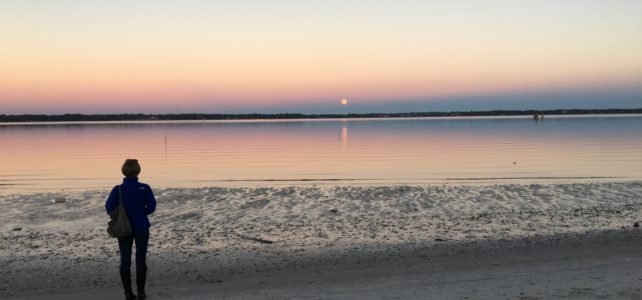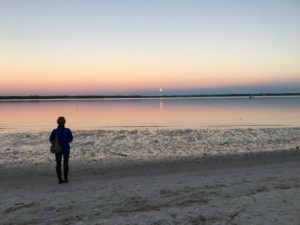
PHOTO: Mary van Balen
Friday, October 11, is the 57th anniversary of the opening session of Vatican II. It is also the fifth time the Catholic church celebrates the feast of Saint John XXIII.
Almost 12 when the Council began on October 11, 1962 and a student in a Catholic school, I knew something important was happening. This was partly because the teachers talked about it: the first council called in nearly 100 years. The pope said it was time to “Throw open the windows of the church and let the fresh air of the Spirit blow through.” No one knew what it would look like, but we knew change was coming.
But, more than the talk and the tangible changes, it was the man himself who stirred my heart and imagination from the start. The rotund Angelo Giuseppe Roncalli, whose parents were peasant farmers, greeted the world with a smile when he emerged on the balcony and said his name was John. He looked happy, and approachable, like a grandpa. A little girl when he was elected, I liked him. I liked to see pictures of the pope who laughed and seemed so full of life.
Much is written, and rightly so, about the accomplishments of his short papacy and profound effects of the council he called. His ability to see good in the contemporary world moved the Catholic church beyond its deep distrust of modernity. His humility, hope, positive view of the human person, and the recognition of the universal call to holiness speak to me as I ponder his life today.
Here are a few quotes that I’d like to share.
“Prayer is the raising of the mind to God. We must always remember this. The actual words matter less.” There are times when we can be still, recite favorite prayers, pray with our communities at Mass, other liturgical celebrations, or simply around the table. But there are also times when we can’t. When our work or families or situations demand our attention. When we are emotionally worn out or just trying to survive. But we can for a moment, “raise our minds to God.” No words needed.
In his spiritual diary, Journal of a Soul, St. John XXIII wrote: “I am not St. Aloysius, nor must I seek holiness in his particular way, but according to the requirements of my own nature, my own character and the different conditions of my life.… If St. Aloysius had been as I am, he would have become holy in a different way.”
And there are as many ways to become holy as there are people. Vatican II reflected this wisdom in affirming the universal call to holiness. We each have a spark of the Divine dwelling within. God has placed the Spirit in our hearts and depends on us to give it away in the work of transforming the world, in Christ’s work of bringing the kingdom. We won’t be St. Aloysius or John the XXIII or any other saint you can name. But like them, we can be faithful to the unique expression of Divinity that we are made to be.
“Now more than ever, certainly more than in past centuries, our intention is to serve people as such and not only Catholics; to defend above all and everywhere the rights of the human person and not only those of the Catholic Church; it is not the Gospel that changes; it is we who begin to understand it better….The moment has arrived when we must recognize the signs of the times, seize the opportunity, and look far abroad.”
These words are as true now as they were when spoken from his deathbed on June 3, 1963. We are called to defend the rights of all human beings, people of any faith or none; people everywhere, including on our southern border and in places of poverty, war, violence, and natural disasters. And we are always beginning to understand the Gospel better. It’s part of the evolution of spirituality.
As we remember Pope John XXIII and the Council he convened, let us heed his call to recognize the signs of the times, seize the opportunity, and find hope and courage to look far abroad.
© 2019 Mary van Balen
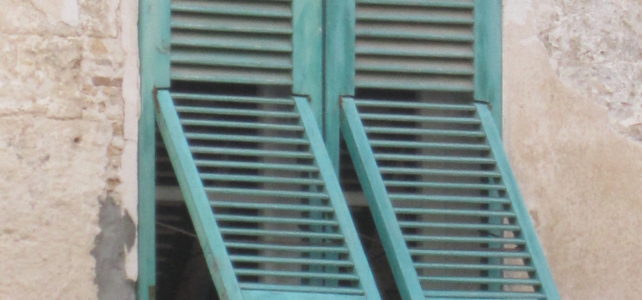
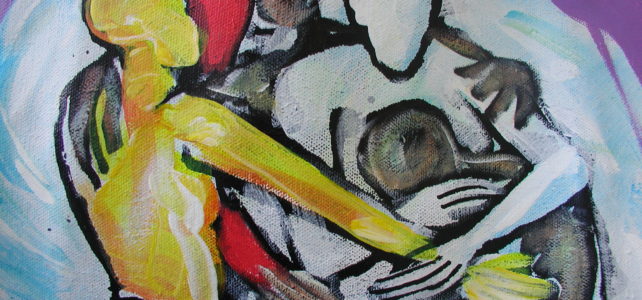
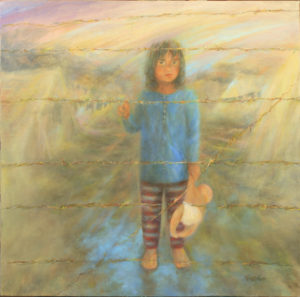
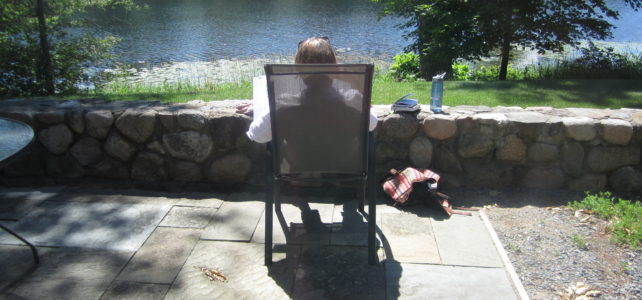
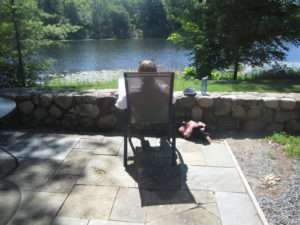


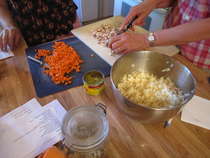
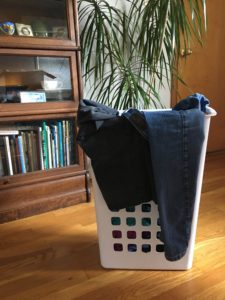 He and his wife were busy folding loads of laundry and sorting it into piles for each of their four children. They were preparing for a month-long trip to visit both sets of grandparents and, in addition to that, camping for a week. In the midst of their preparations, they offered hospitality to a visiting aunt, which would be me. And of course, all four children were around, talking to their visitor and taking care of their own preparations—which may have included cleaning rooms and gathering books to take. I leave it to your imagination. Not a lot of time there to sniff the laundry.
He and his wife were busy folding loads of laundry and sorting it into piles for each of their four children. They were preparing for a month-long trip to visit both sets of grandparents and, in addition to that, camping for a week. In the midst of their preparations, they offered hospitality to a visiting aunt, which would be me. And of course, all four children were around, talking to their visitor and taking care of their own preparations—which may have included cleaning rooms and gathering books to take. I leave it to your imagination. Not a lot of time there to sniff the laundry.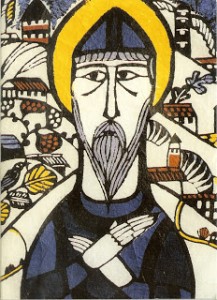

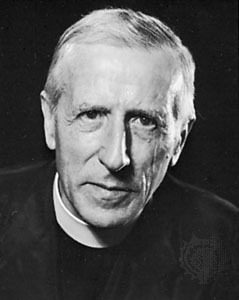
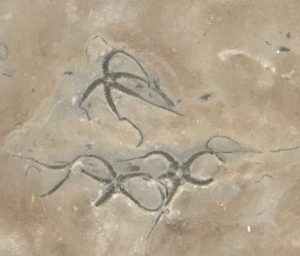

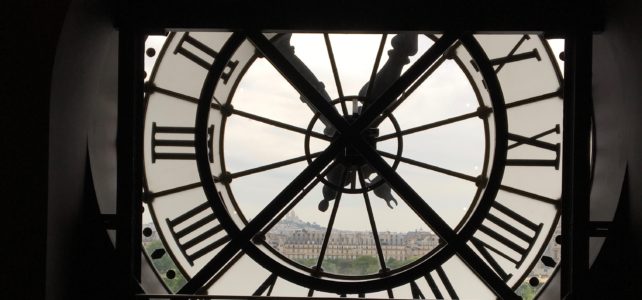
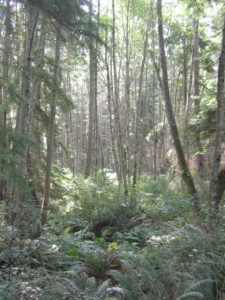
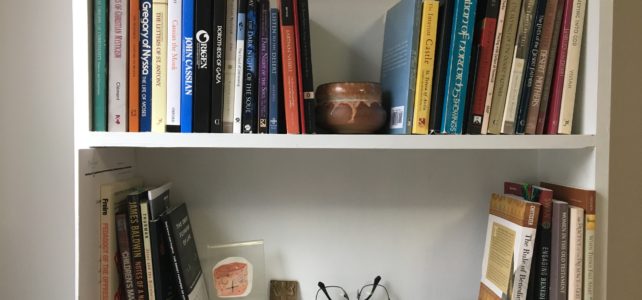
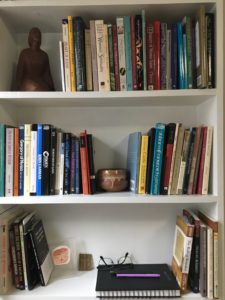
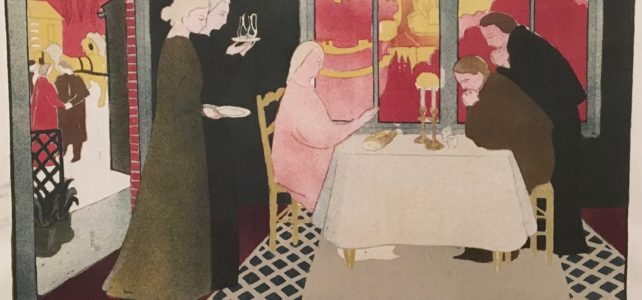
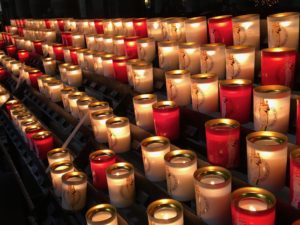
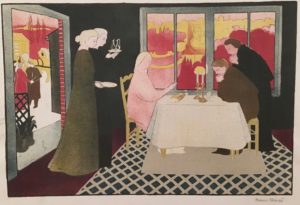
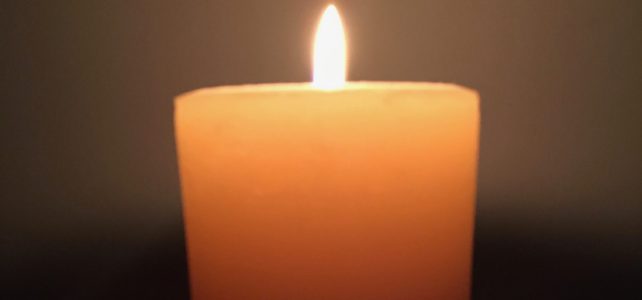
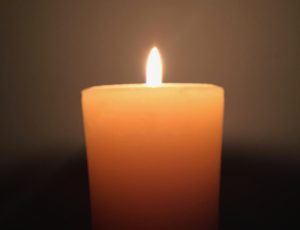 I’m not sure when I began reading books by Thomas Merton. Probably late high school or early college. I’m also not sure how I discovered them. Though I was naturally drawn to contemplative prayer, the word was unfamiliar to me until Merton’s writings provided it. “Contemplative” was not something you heard about sitting in the pews on Sundays or even in religion classes. Not usually. Reflecting on that later, I never understood why. Christianity has a long, rich contemplative tradition.
I’m not sure when I began reading books by Thomas Merton. Probably late high school or early college. I’m also not sure how I discovered them. Though I was naturally drawn to contemplative prayer, the word was unfamiliar to me until Merton’s writings provided it. “Contemplative” was not something you heard about sitting in the pews on Sundays or even in religion classes. Not usually. Reflecting on that later, I never understood why. Christianity has a long, rich contemplative tradition.